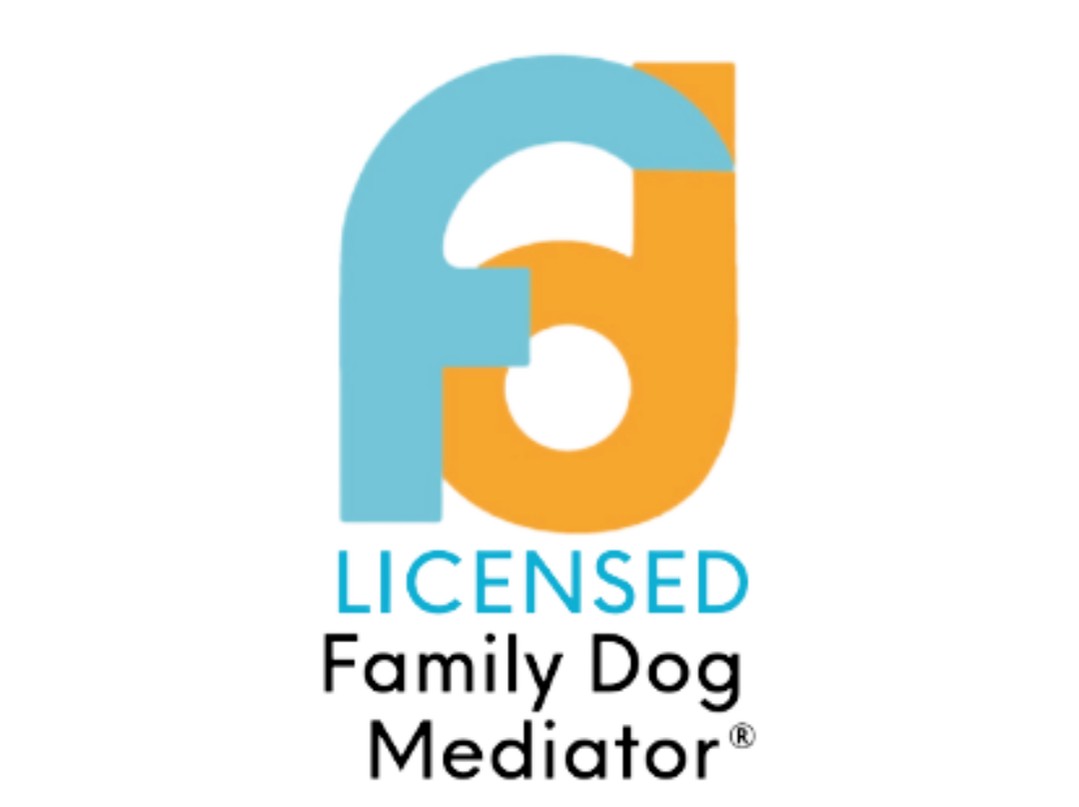|
1/7/2025 0 Comments My Core Beliefs About Dog Behavior and Training: Building Trust and Connection with Your DogThe Foundations of Teaching Dogs and Coaching People: Understanding Behavior, Building Trust, and Strengthening Relationships When it comes to dog training and behavior, I believe in a relationship-based approach that prioritizes trust, understanding, and collaboration. Over the years, I’ve developed a set of core beliefs that guide how I help families and their dogs build stronger bonds and overcome challenges. These beliefs are the foundation of everything I do and reflect my philosophy on what it takes to create a happy and harmonious life with your dog. If you’re looking to better understand your dog, address behavior issues, or simply strengthen your connection, these principles may resonate with you, too.
0 Comments
3/20/2024 0 Comments Getting to know your... Gun DogGet to know your dogThese enthusiastic, outgoing, and sometimes impulsive breeds are known for their intelligence, affection, and strong drive to learn. They were selectively bred during the middle ages for specific traits to assist in hunting. Nowadays, their primary function is to work alongside people and in cooperation with them, often making them an ideal family dog. Gun Dogs include but are not limited to breeds such as: American Water Spaniel, Boykin Spaniel, Brittany Spaniel, Chesapeake Bay Retriever, Clumber Spaniel, Cocker Spaniel, English Pointer, English Setter, English Springer Spaniel, Field Spaniel, Flat-Coated Retriever, German Shorthair Pointer, German Wirehair Pointer, Golden Retriever, Irish Setter, Gordon Setter, Labrador Retriever, Munsterlander, Portuguese Water Dog, Spinone Italiano, Standard Poodle, Sussex Spaniel, Vizsla, Weimaraner, Welsh Springer Spaniel, Wirehaired Pointing Griffon, and more!
7/24/2023 0 Comments Foundations of Better BehaviorStruggling with your dog's behavior?
I'm going to share my 5 Relationship-Focused Building Blocks to Better Behavior with you to help you figure out where you might be getting stuck and how to re-establish your foundation.
When it comes to training and behavior change in your living, breathing, 4 legged family member, there can be a lot of behavior problems that come into play. Whether you're dealing with fear of people, leash reactivity, fear of new places, separation anxiety, poor manners, barking, biting, noise phobia, fear of the vet, or are starting with a new puppy or dog... your relationship with your dog and with the behavior process is where it all begins. All behavior needs a solid foundation, built in trust, safety, and agency. How you talk to your dog makes all the difference in how he is likely to respond to youDuring a private training session the other day, I was asked a great question! As my client's husband was calling his dog over and had repeated "come" a few times in a row, she asked: "Aren't you supposed to only say the cue once?" This time, I saved her husband. What he did was actually exactly what I would do, mostly... I'll explain But first, let me ask you this: When you call your dog over to you, is your tone high or low? Do you say it once or repeat it over and over again? When you tell your dog to STAY, how is your tone then? How about LEAVE IT? How about when you ask your dog if he "Wants to go for a ride?" Think about how different your tone might be in all those different situations. What if you see a loose dog up ahead and you know it's not going to go well if that dog comes running over to your dog - might there be a change in your tone then, too? I think that's reasonable! But... Did you know that tone makes a huge difference in HOW our dogs respond to us? Ok, maybe you did but I would guess that you might still be underestimating the significance of it.
Dominance is not a dog's identity.Before you can understand how that can be true, it’s important to understand what dominance is and what it is not, especially as it applies to our dogs.
Here are the stages that will help set your training progress up for successWhen you are dealing with big emotions in dogs, it's important to break down the training process into smaller achievable goals that set everyone up for success.
Reactivity is simply responsiveness to a stressor, trigger, or something exciting in the environment. It can be really difficult for them to think or learn when they are in that state of mind, just as it can be hard for you to take in new information when you're in the same state of mind. When we expect too much from our dogs too soon, it can really set back our training progress leaving both ourselves and our dogs very frustrated and feeling defeated. For that reason, I'm going to show you the 6 stages to focus on to help find your success path in the training process 11/29/2020 0 Comments Favorite Walking Gear11/24/2020 0 Comments What's the behavior you want?When you are dealing with problem behaviors, there are two main directions you can go in, two paths to changing the behavior. Just like with kids, we can tell our dogs NO all the time, but it's exhausting. And it can be an uphill battle. So let's explore the two paths... Path A: Stop the problem behavior. Remove attention, remove access, give consequences (never physical). Tell your dog NO, don't do that. Stop running away. Stop begging. Stop jumping. Essentially, you have to wait for the behavior to happen so you can tell your dog not to do it. Or... Path B: Teach your dog a skill that is incompatible with the problem behavior. Your dog takes off with socks? Teach him to bring it. He can't run away with an item and bring you an item at the same time Your dog begs at the table? Teach him to stay on his bed. He can't beg and be in his bed at the same time Your dog runs away when you are trying to get him to come? Teach him to target your hand (touch your hand with his nose). He can't run away from you and offer that behavior at the same time What problem behavior are you dealing with? What could you intentionally teach your dog to replace that behavior? So Path A or Path B. It's your choice but I know what I would prefer! If you need help learning HOW to teach those replacement behaviors, that's exactly what my Elementary Pup Course in the Canine Homeschooler Academy teaches you
11/10/2020 0 Comments My favorite training toolDo you know what my favorite training tool is? I'll give you a few hints...
One tool that does all those things must be pretty expensive and special right? 10/28/2020 0 Comments Uncomplicate the behavior
What do Lego bricks have to do with dog training?
You can take a big behavior that you want to work on and pretend like it's a Lego creation. Within your giant Lego creation, you can take this really big behavior and if you just teach the little pieces, you're soon able to put that big behavior back together again. It's really solid because it has a really nice foundation to it. |
|
- Home
- About
- Blog
- Services
- Membership
-
Courses & Freebies
- All Courses
- FREE Boredom Buster Recipes
- COURSE: Building Resilience in your Family Dog
- COURSE: Managing the Leash Walk
- Potty Training COURSE
- Paws Off COURSE
- COURSE: Managing the Leash Walk
- FREE Attention Building Challenge
- FREE Scratchboard Training
- FREE Rest and Recovery Round-Up
- FREE Body Language 101
- Contact
- Home
- About
- Blog
- Services
- Membership
-
Courses & Freebies
- All Courses
- FREE Boredom Buster Recipes
- COURSE: Building Resilience in your Family Dog
- COURSE: Managing the Leash Walk
- Potty Training COURSE
- Paws Off COURSE
- COURSE: Managing the Leash Walk
- FREE Attention Building Challenge
- FREE Scratchboard Training
- FREE Rest and Recovery Round-Up
- FREE Body Language 101
- Contact
Search by typing & pressing enter
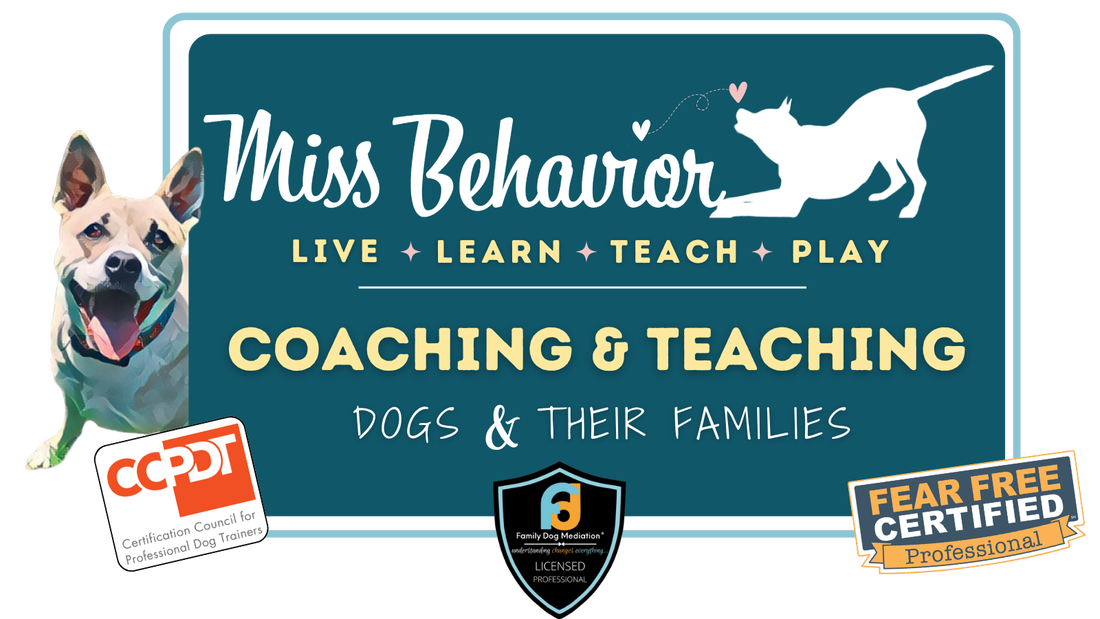

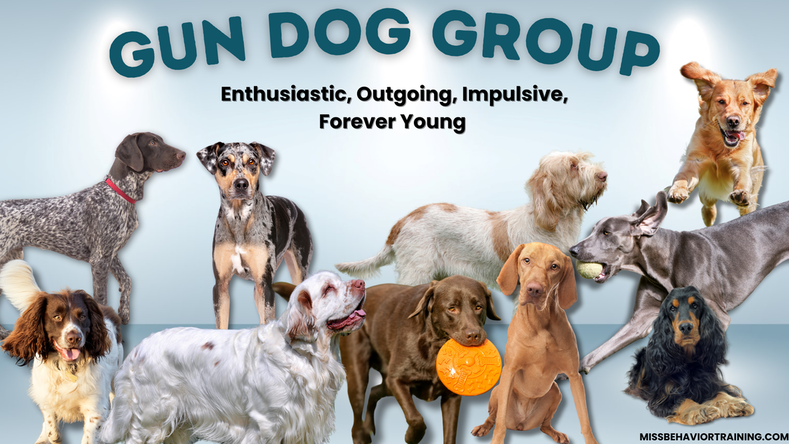



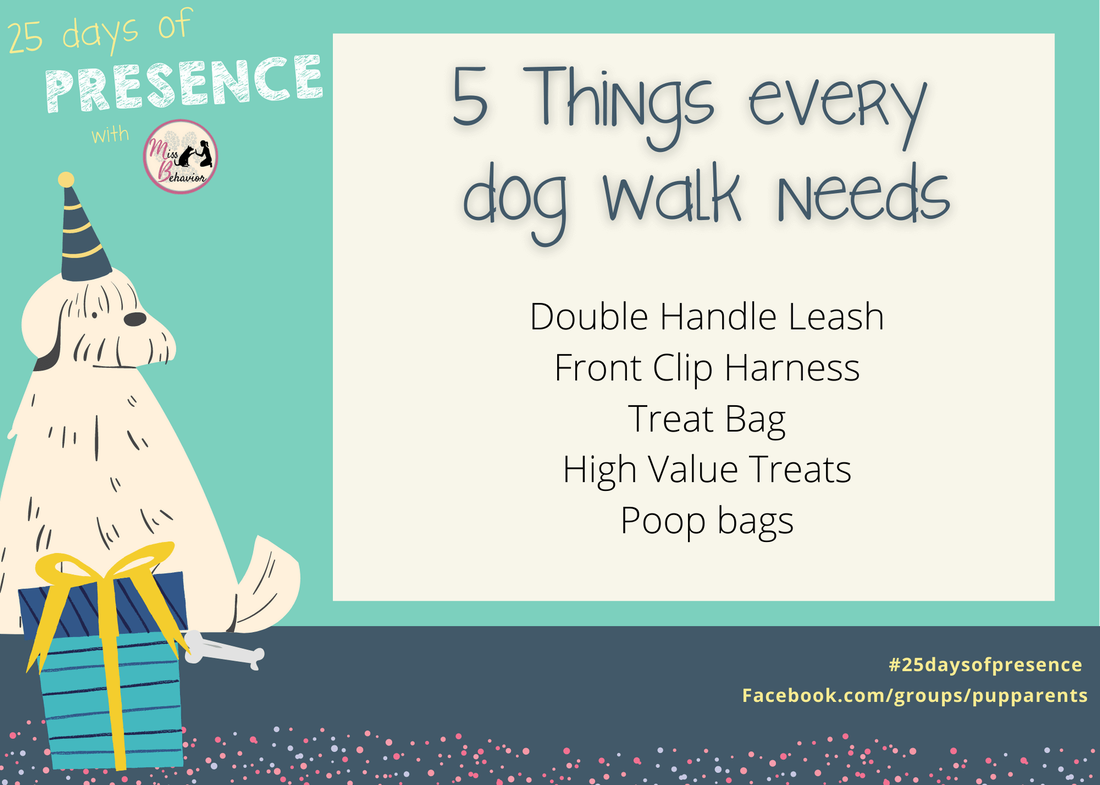






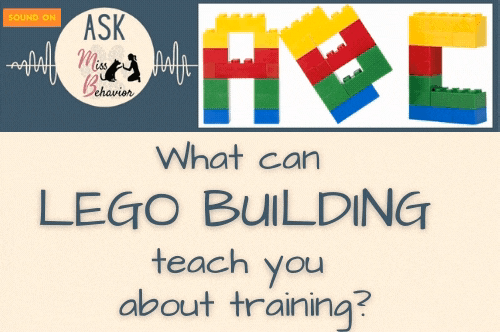

 RSS Feed
RSS Feed





